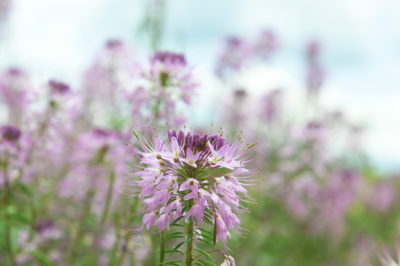Part II: Climate Victory Gardens
Since Earth Day was April 22, it seems like a good time to consider our role in encouraging climate solutions that can draw down the earth’s carbon dioxide levels, and help keep the planet’s rising temperatures at bay as long as we can.
According to research, 8,670 gardens can absorb enough carbon to offset the emissions of more than 40 million miles driven by gasoline-powered cars. That’s a lot of emissions elimination.
Some people just love to garden and find gardening a wonderful tool to teach children something about where their food comes from and enjoy getting their fingers in the dirt.
Students given the opportunity to garden learn not just the science of gardening, but grow a better understanding of conservation and the environment. Others have been drawn to it for its ability to change the planet. Such is the case with those who call their garden a Climate Victory Garden, those who are actually trying to reduce the human impact on our planet.
Simply put, it is an effort to instill sound gardening practices that can help our earth against the onslaught of impacts of climate change. Gardening is something in which both beginner and experienced gardeners can participate. With water and soil, just about everyone can grow a garden, and by growing things, you can take meaningful action on the climate crisis.
Part I of Climate Victory Gardens, reviewed a few basic steps toward gardening with a thought to doing a small step to reduce the human impact on our planet. Here are five more practical things you can do to make environmentally-friendly gardening part of your life:

Salida School District currently has three school gardens on its school sites. Photo: Guidestone Colorado.
Add perennials & native plants
- Here’s how: to reduce disturbance of soil, plant trees, choose perennial grasses (Sand Dropseed and Arizona Fescue like our climate), shrubs, and herbs. Perennials can become hardy and require less attention and less water than annuals because their roots are established after a season or two. Consider adding plants like Showy Milkweed; some areas might consider them weeds; here in Colorado, we know they are critical food for Monarch butterflies.
- Why it’s important: allows for multiple harvests from a single planting, protects the garden from the elements, promotes diversity, and controls weeds, and shares your garden space with threatened species. Native plants, especially in dry mountain climates, tend to need less water than hothouse varieties.
Consider animals
- Here’s how: allow chickens, goats, and other small animals to forage for insects or eliminate weeds in your garden setting. Plant perennials that attract butterflies and bees and birds, many of which are being threatened by changes to their environment.
- Why it’s important: decreases pests and increases fertilization naturally.
Rotate crops
- Here’s how: choose different crops and new locations each season, consider nitrogen-fixing plants (plants that include the legume family – Fabaceae – with taxa such as clover, soybeans, alfalfa, lupins, peanuts, and rooibos).
- Why it’s important: this ensures balanced soil nutrients and keeps pests to a minimum, reducing chemical input use.
Use people power
- Here’s how: hand-pull weeds, rake instead of using blowers, choose push mowers over gas-powered engines. If you can, bike to your garden or market. Put a basket on your bike, and you’re your own garden delivery system.
- Why it’s important: reduces dependence on fuel, decreases emissions and costs.
Observe and Improve
- Here’s how: test soil for nutrients, monitor moisture, and remove pests and diseased plants quickly. Observe so you can see what plants grow well here in the Rocky Mountains.
- Why it’s important: Being garden-observant allows you to determine how water, inputs, and other management can be applied most efficiently;
These practices also have tangible climate benefits. Gardens created and grown as described sequester carbon, but they also benefit the climate by reducing greenhouse gas emissions from food transportation, landfills, and the production of chemical fertilizers and pesticides.









Recent Comments